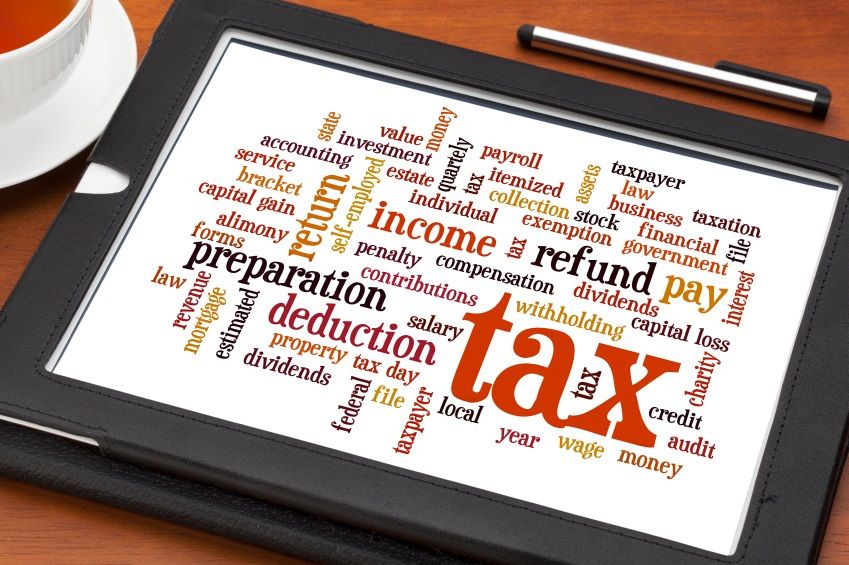Many young South Africans still leave school without having learned basic money skills. They are all taught arithmetic and maths, but it’s not the same as understanding how best to manage your own money. That is why more and more parents are taking on the job of teaching their children this essential skill, themselves.
The majority of youngsters know nothing about money hardship. Because they are sheltered by their parents and given pocket money to spend as they please, with no outgoings, money is often thought of as a handy commodity that grows on trees – “money-parent trees” that is.
It’s only when we have bills and debts to pay that we begin to understand (a) that the supply of money is limited, and (b), there are many demands on this finite resource.
The various aspects of financial literacy
Teaching your children the “cost of life” as it were, is an important first step, but there are other basics you can teach them too. These include things like:
- How to look around for the best deals and merchant cash advance
- How to use and respect credit cards
- How to create a budget to help control their expenditure
- The fundamentals of investing
Credit cards are a big one because it is so easy to ramp up debt. A lot of people rush out and buy things using their credit cards, and when it comes to repaying, they only pay the bare minimum. It’s a natural temptation, given that the supply of money is always limited. What they don’t realize is that continued spending and repayments in this manner can lead to massive debt.
It’s something that has happened to too many South African young people.
Educating children about debt
Another thing that parents need to teach their children is that not all debt is bad. This can be a difficult one because in some ways it softens that message about the dangers of credit cards. But handled in the right way, the message can be positive.
The fact of the matter is that we all get into debt at sometimes in our lives. A lot of people aspire to own their own homes and the only way of doing so for most, is to take out a mortgage. This is a huge debt totaling hundreds of thousands of rand spread out over as many as 20-years. Try playing with a bond calculator to see the sums of money involved.
How good debt can help
You should also teach your children that if they do get into debt in later life, a short-term loan may be the most appropriate solution. This is when the skills of knowing about creating a budget and knowing how to shop around for the best deals comes into play.
Having carried out the right amount of research into the affordability of such a loan in terms of making on-time repayments and having enough money left over for other cost commitments, if the figures stack up, this can be seen as good debt as it is a way of getting rid of bad debt – debt that they cannot afford.




Leave A Comment